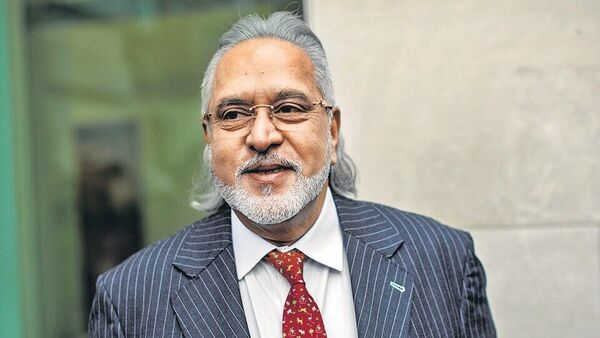Description

Disclaimer: Copyright infringement not intended.
Context
- BSNL has floated around Rs 65,000-crore tender for the implementation of the phase-III BharatNet project.
BharatNet
- BharatNet, also known as the National Optical Fiber Network (NOFN), is a flagship initiative of the Government of India aimed at providing broadband connectivity to all villages in the country. Here's a detailed overview:
Background and Objectives
- BharatNet was launched in 2011 as part of the National Telecom Policy to provide high-speed broadband connectivity to 250,000 gram panchayats (village councils) in India.
- The main objective of BharatNet is to bridge the digital divide in rural areas by providing affordable broadband connectivity and enabling access to digital services.
Phases of Implementation
- Phase 1: The first phase aimed to connect 100,000 gram panchayats with high-speed optical fiber network.
- Phase 2: The second phase aimed to connect the remaining 150,000 gram panchayats.
- Phase 3: The third phase aims to enhance and expand the network to provide higher bandwidth and better connectivity.

Implementation and Progress
- BharatNet is being implemented by Bharat Broadband Network Limited (BBNL), a special purpose vehicle set up by the government for this purpose.
- As of [date], [number] gram panchayats have been connected under BharatNet, covering [percentage]% of the target.
Impact and Benefits
- Improved Connectivity: BharatNet has significantly improved connectivity in rural areas, enabling access to digital services such as e-governance, telemedicine, and e-education.
- Empowerment: It has empowered rural communities by providing access to information and opportunities for economic growth.
- Digital Inclusion: BharatNet has played a key role in promoting digital inclusion by bridging the digital divide between rural and urban areas.
- Infrastructure Development: The network has also led to the development of digital infrastructure in rural areas, which is essential for the growth of the digital economy.
Challenges and Way Forward
- Last Mile Connectivity: Ensuring last-mile connectivity remains a challenge, and efforts are needed to extend the network to individual households.
- Maintenance and Upgradation: Regular maintenance and upgradation of the network are essential to ensure its effectiveness and sustainability.
- Affordability: Ensuring affordable broadband services for rural communities is crucial for the success of BharatNet.
- Digital Literacy: Promoting digital literacy among rural communities is important to fully realize the benefits of BharatNet.

Conclusion
- In conclusion, BharatNet has made significant progress in providing broadband connectivity to rural areas, but challenges remain. Continued efforts are needed to ensure that the network reaches every corner of the country and empowers rural communities through digital inclusion.
|
PRACTICE QUESTION
Q. Which of the following is the implementing agency for the BharatNet project, aimed at providing broadband connectivity to all villages in India?
A) Bharat Broadband Network Limited (BBNL)
B) Department of Telecommunications (DoT)
C) National Informatics Centre (NIC)
D) Telecom Regulatory Authority of India (TRAI)
Answer: A) Bharat Broadband Network Limited (BBNL)
|












